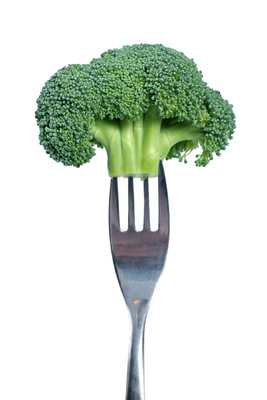- MENU
- HOME
- SEARCH
- WORLD
- MAIN
- AFRICA
- ASIA
- BALKANS
- EUROPE
- LATIN AMERICA
- MIDDLE EAST
- United Kingdom
- United States
- Argentina
- Australia
- Austria
- Benelux
- Brazil
- Canada
- China
- France
- Germany
- Greece
- Hungary
- India
- Indonesia
- Ireland
- Israel
- Italy
- Japan
- Korea
- Mexico
- New Zealand
- Pakistan
- Philippines
- Poland
- Russia
- South Africa
- Spain
- Taiwan
- Turkey
- USA
- BUSINESS
- WEALTH
- STOCKS
- TECH
- HEALTH
- LIFESTYLE
- ENTERTAINMENT
- SPORTS
- RSS
- iHaveNet.com
Andrea Donsky and Randy Boyer

Make no bones about it, osteoporosis is serious business.
The skeletal system is just as important as the heart, skin, and digestive system, yet we tend to disregard it, often until it's too late. And while it's true that women are more often affected by osteoporosis, but men can develop this disease too.
Osteoporosis literally means porous bones. It's a progressive disease in which the bones become weaker and weaker, gradually causing changes in posture and increasing one's susceptibility to bone fractures. Unfortunately, it's asymptomatic until a bone breaks; however, it's entirely preventable with the appropriate dietary and lifestyle measures -- that is, promoting bone-building and avoiding factors that contribute to bone loss.
There are three basic causes of osteoporosis: 1) hormonal changes, such as menopause or thyroid problems; 2) poor diet -- nutrient deficiencies, especially calcium and vitamin D, as well as alcohol, caffeine, and excessive sugar and protein all contribute to bone loss; 3) treatment with certain drugs, including chemotherapy, anti-seizure medications, antacids, certain steroids and anti-coagulants.
Just as important as bone-building with diet, supplements and exercise is preventing bone loss. Here are some effective strategies for both:
1. Encourage an alkaline diet
Limit (or eliminate) acid-forming foods and substances, including coffee, soda pop, oversized portions of meat and poultry, and sugar. These foods reduce blood pH, causing calcium to leech from the bones.
Did you know? The highest rates of hip fractures in the world occur in countries where women consume large amounts (between 60 and 80 g) of animal protein per day. A vegetarian diet is associated with a lower risk of osteoporosis.
2. Avoid "calcium drainers"
These substances decrease the body's ability to absorb calcium: refined sugar, excessive sodium and salt, excessive protein intake (meat, eggs, dairy -- that's right, dairy!), a high phosphorus intake from soft drinks and meat, and caffeine. Smoking and stress hormones also interfere with calcium absorption.
3. Eat a calcium-rich diet
Aim for 1,200 mg of calcium daily. Good sources include broccoli, kale, collard greens, mustard greens, squash, chickpeas, sesame seeds, and sea vegetables, dairy products, and fortified beverages.
4. Include vitamin D
In addition to direct exposure to sunlight, vitamin D-rich foods include fatty fish, such as salmon, cod liver oil, liver, sun-exposed mushrooms, eggs, fortified milk, and fortified soy milk.
Bones need more than calcium. They also need the vitamins D, C, and K, as well as boron, zinc, iron, fluoride, copper, magnesium, and manganese. Calcium supplementation alone does not prevent bone matrix disintegration, calcium loss, or fractures. A comprehensive bone formula should include a mix of minerals, as well as vitamin D3 and vitamin K, and trace minerals (including boron and silica).
Take your bone-building supplement with the evening meal for best absorption.
Available at Amazon.com:
Last Child in the Woods: Saving Our Children From Nature-Deficit Disorder